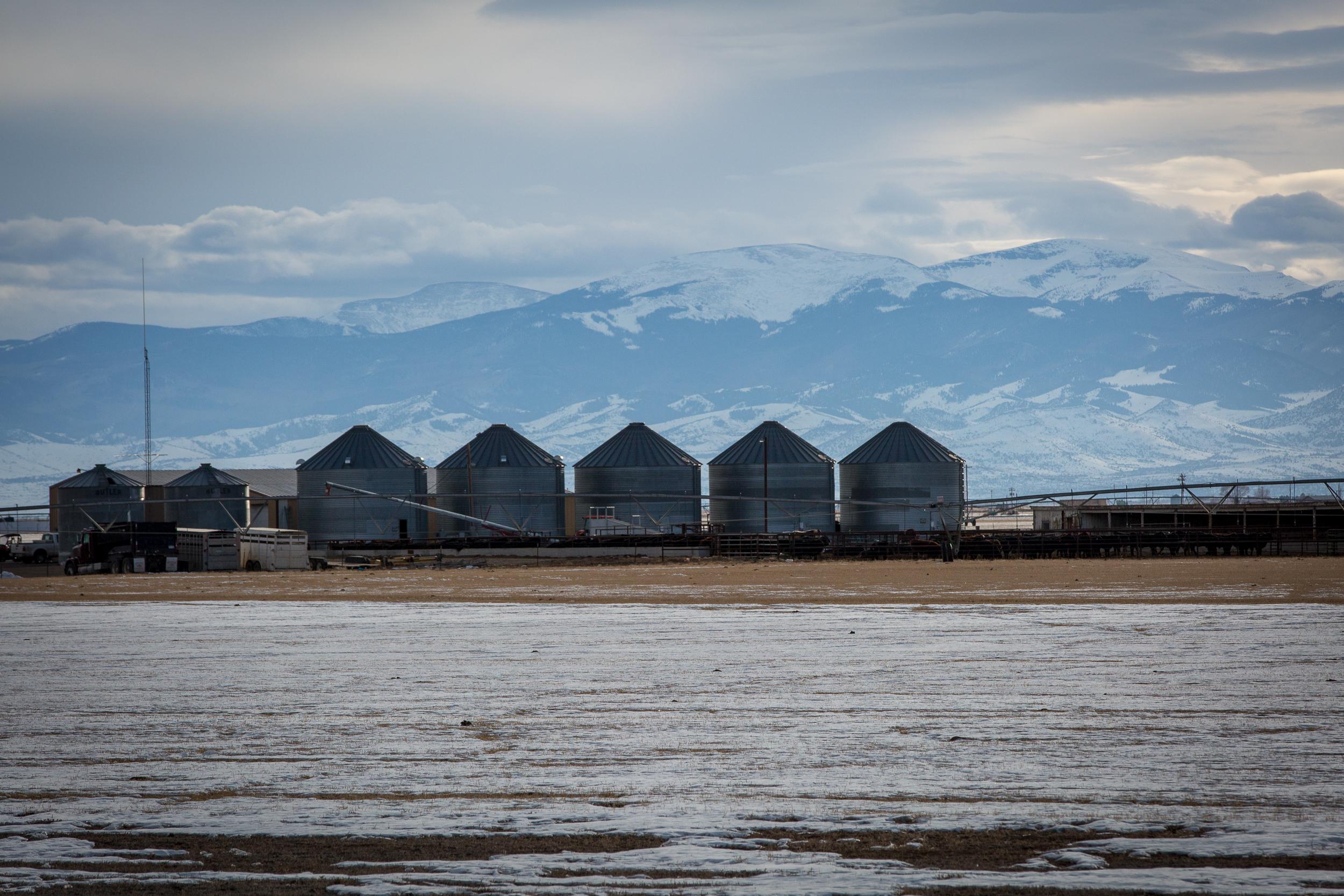
Outbreaks of COVID-19 have increased slightly, according to weekly data released by the Colorado Department of Public Health and Environment. The agency reported the highest single-week outbreak total for June, with 22 businesses with new outbreaks, defined as two or more cases within a two-week period.
The new list comes as the state is seeing a slight uptick in new COVID-19 cases, which prompted Gov. Jared Polis to order bars and nightclubs to close once again on Tuesday.
While Polis referenced the spread of COVID-19 in other states being linked to bars and large parties, Colorado’s outbreaks so far occur more often in restaurants than bars. Since the beginning of June, there have been outbreaks at 13 restaurants, five of which occurred this week. Most of those sickened were staff.
Only one facility affected by the governor’s new order — The Player’s Club, a strip club in Denver — has had an outbreak. Under the new order, restaurants will be allowed to remain open as well as some bars that serve food.
Other new outbreaks this week included four construction sites, two offices, three stores, two elder care facilities, a childcare facility, a salon, a warehouse, the Iron Mountain Hot Springs in Glenwood Springs and a Top Golf — a restaurant and driving range.
Most outbreaks continue to occur in urban areas, but parts of rural Colorado have also seen outbreaks.
In the San Luis Valley, there are now five active outbreaks in the valley’s agricultural industry, four at potato warehouses and one at a mushroom farm. These account for about 15 percent of the region’s total COVID-19 cases.
Jim Ehrlich, the executive director of the Colorado Potato Administrative Committee, a trade group for potato producers in the San Luis Valley, said pinpointing the cause of the outbreaks has been difficult. At the beginning of the pandemic, as customers flooded grocery stores, there was a surge in demand for the valley’s potatoes.
That brought in more workers for longer hours, but when the outbreaks occurred in May, that demand had already declined. Workers were then spending more time at home, suggesting they may have caught the virus out in the community.
Bobby Woelz, the director of Saguache County’s Office of Emergency Management, says local epidemiologists have attributed the agricultural outbreaks to a wider spread of COVID-19 in the community in general.
Cases in parts of the San Luis Valley have risen dramatically since May 18, with Alamosa County cases more than tripling, Saguache County's cases increasing five-fold and Rio Grande County’s cases increasing eight-fold. Saguache and Alamosa are both now in the top five counties for cases per 100,000 people.
While the San Luis Valley has increased their testing, hospitals in the region as a whole are seeing an increase in call volumes related to COVID-19 and other metrics also indicate the disease is affecting the valley.
To manage the increase in COVID-19 cases, officials in Center, a town split between Rio Grande and Saguache counties, instituted a mandatory mask rule for public areas. Health agencies also created a public information campaign in English, Spanish and Q’anjab’al, a Mayan dialect spoken by some of the agricultural workers.
Counties in the valley have attempted several times to loosen social distancing rules. Saguache, Alamosa and Rio Grande all applied for variances under the state public health order, which would have allowed them to open more businesses and hold events. Rio Grande’s request was approved before the spike in cases.
Not all public health officials in the area have been supportive of additional openings. Emily Brown, the former director of the Rio Grande County Public Health Department, resisted loosening restrictions. Rio Grande County commissioners voted unanimously to fire her on May 22.
Even with COVID-19 cases on the rise, Woelz said that officials throughout the San Luis Valley are working on plans to apply for certification under the newly announced Protect-Our-Neighbor phase of reopening. The new phase, the details of which were announced Tuesday, will allow for local control over most activities and businesses if communities qualify.
Because the San Luis Valley has been coordinating their public health efforts, Woelz said that rather than apply as individual counties, the entire region plans to apply together.
"We are discussing right now how to go forward as a region when public health decides that it is safe to do so,” he said.








